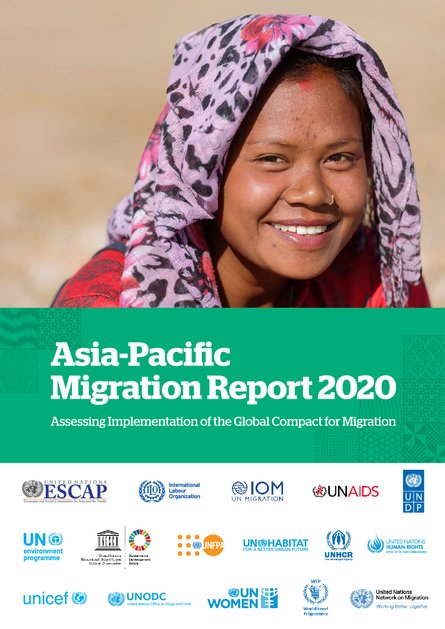
The COVID-19 pandemic and its socio-economic fallout pose great risks to migrants in the Asia-Pacific, a new United Nations report reveals. They are more likely to be exposed to the virus, lack access to health care and other essential services, be stranded in countries without work or social protection and face rising xenophobia. However, as essential workers and remittance providers, migrants are also key to recovering better.
Unlike nationals, migrants have generally not been included in social security provisions like unemployment insurance or income support. Migrants have also been disproportionately affected by border closures and lockdowns, leaving many vulnerable to exploitation and abuse.
The Report shows that international migration from, to and between Asia-Pacific countries has increased over the past 30 years. The number of migrants in the region has grown from 52 million in 1990 to 65 million in 2019. Almost 107 million people from Asia and the Pacific lived outside their countries of birth in 2019 – equivalent to 2.2 per cent of the region’s total population, the largest single region of origin of migrants in the world. Most recorded migrants are migrant workers, contributing to sustainable development in countries of origin and destination.
COVID-19 will continue to have an impact on people and communities on the move in the near future. Even as vaccines are approved, the Report underlines that the inclusion of migrants in vaccination programmes, including migrants in irregular situations, will be critical.
The Report presents the first comprehensive assessment of the implementation of the Global Compact for Migration in the region. It provides a baseline assessment of achievements, gaps, lessons learned and remaining challenges to guide action to ensure safe, orderly and regular migration, for the benefit of all in the region.
